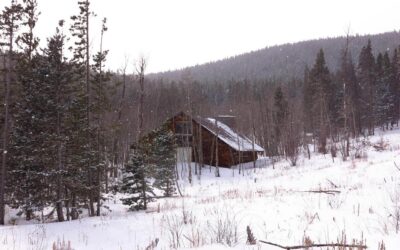RENO, Nev. (February 26, 2019) – The Dandini Research Park, governed by DRI Research Parks, Ltd, a 501(c)3 corporation organized by the Nevada System of Higher Education (NSHE) and managed by both public and private sector community leaders, has reappointed two trustees and welcomed three new and continued officers to the board, effective January 1, 2019.
The Nevada System of Higher Education Board of Regents approved the following reappointments to the DRI Research Parks, Ltd. Board of Trustees for a three-year term:
- Jeff Brigger – Director of Business Development for NV Energy. In this role, Jeff directs and manages the planning, development, implementation and marketing of statewide growth strategies and economic development programs for NV Energy.
- Stephanie Kruse – Founder and Board Chair of KPS3, a full-service marketing firm based in Reno and serving clients nationally. Stephanie opened the firm in June 1991 and is the head strategist for KPS3’s clients. She brings more than 30 years of extensive marketing, public relations and advertising management experience to the agency and works with clients ranging from REMSA to Nevada Health Link to Dickson Realty to Dermody Properties.
The Research Park Board also named the following new and continuing officers:
- Tina Iftiger, Chair
- Peter Ross, President
- P. Sheldon Flom, Secretary/Treasurer
With 328 total acres in a convenient location north of Interstate 80 and east of US-395 approximately six miles north of the Reno Tahoe International Airport, the Dandini Research Park is designed to foster research and development, light manufacturing, social and intellectual interaction, and facilitate collaboration between the private business sector, DRI, UNR and TMCC. For more information about the Dandini Research Park please visit the Research Park page.


